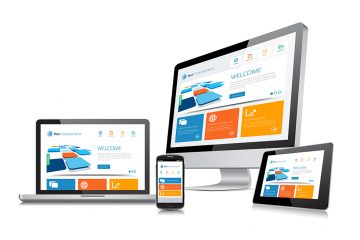
A Comprehensive Guide to the Different Types of Internet Connections in Australia
From online shopping and entertainment, to work and education, the Internet has become the backbone of our daily lives and having a reliable connection has become more crucial than ever.
But how do you ensure that the Internet connection you are considering fits your need, and the varied needs of your family? Well, the answer is: research! With proper research and planning, you can quite easily determine which Internet Connection is the best for you.
When it comes to Australia, the broadband landscape is diverse, with various types of Internet connections offering different plans. But as discussed earlier, research is what is needed here! Did I mention research?!
In this comprehensive guide, we will explore the different types of Internet connections available in Australia, including NBN, ADSL, Cable, and Satellite.
No matter what you need the Internet for, this guide will offer you clear insights about different broadband options so you can make an informed decision about choosing the best broadband plan.
Broadband Types and Speed Tiers
The term ‘broadband’ refers to high-speed Internet access. Data transfer between your device and the Internet is measured in megabits per second (Mbps). The more the Mbps, the faster the Internet connection.
The Australian Broadband Network typically offers four speeds; Basic, Standard, Plus and Premium. You can choose a speed tier based on how much data you will be consuming, how many people in your household are going to use the Internet and your expected speed. Let’s take a look at the options more closely.
- NBN (National Broadband Network)
NBN is an Australian National Wholesale open-access data network. It is an excellent option for those in need of high-speed Internet as it is one of the most reliable. However, the cost of NBN plans is quite higher than other types of broadband, and even the installation process can take a little longer. The fact is, t is undoubtedly worth all the wait and effort. Additionally, the speed of the NBN can vary depending on various factors like distance from the node or exchange, network congestion and weather conditions.
- ADSL (Asymmetric Digital Subscriber Line)
One of the main advantages of ADSL is its availability and high transmission speed over ordinary copper telephone wire. Additionally, ADSL plans are generally cheaper than NBN plans, making them affordable for those on a budget. Also, to access an ADSL Internet connection, you must install a DSL modem at the site.
- Cable Broadband
One of the main advantages of cable broadband is its speed. It is said to offer faster speed than ADSL and a few other Internet connections. Additionally, cable broadband plans are cheaper than NBN plans, making them affordable. However, network congestion and the number of users on the network can affect cable broadband speed.
- Fixed Wireless Broadband
Fixed wireless broadband is usually available in rural areas, where other types may not be available. They are also much more affordable than NBN and other plans available on the market. The speed of this wireless broadband may be affected by factors such as the distance from the tower, network congestion and weather conditions.
- Satellite Broadband
If you are living in rural areas of Australia, you’ll most likely need satellite broadband plans to access the Internet. NBN satellite has made a considerable improvement in the satellite broadband sector. It is considered to be way more secure and fast as compared to the other types of Internet connections available in Australia.
Conclusion
Choosing the right Internet connection type in Australia can be a little challenging, but with proper planning and research, you can make an informed decision. We hope that with this guide on different broadband options and their benefits, you feel better prepared to choose the one that best fits your needs.







